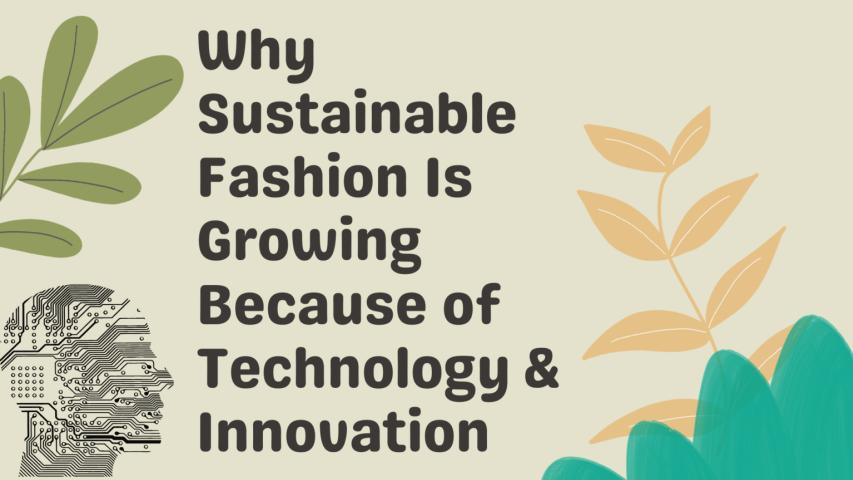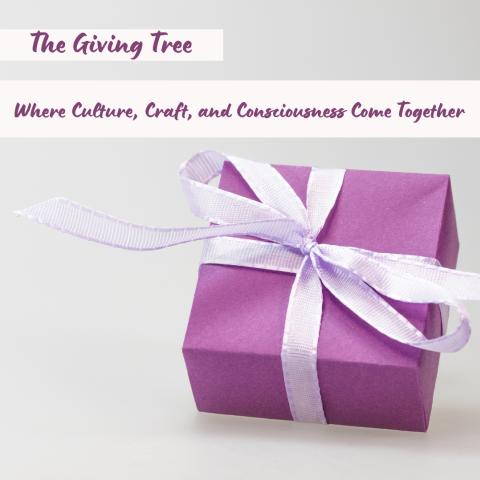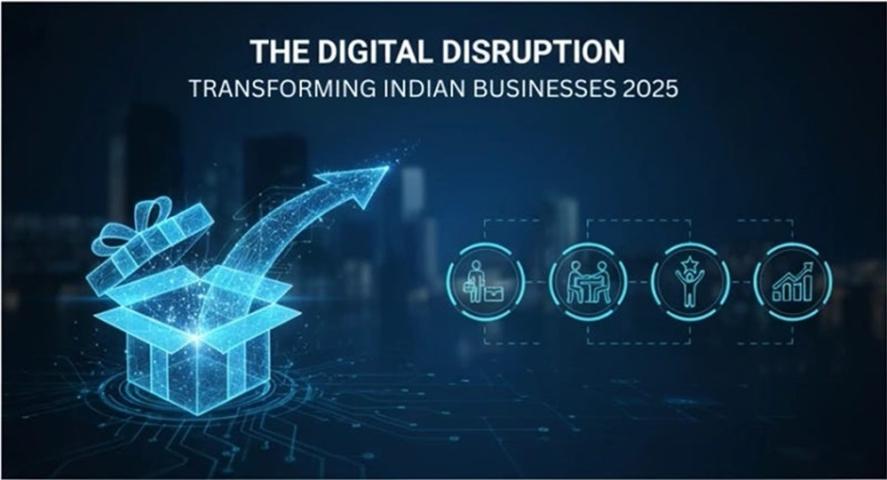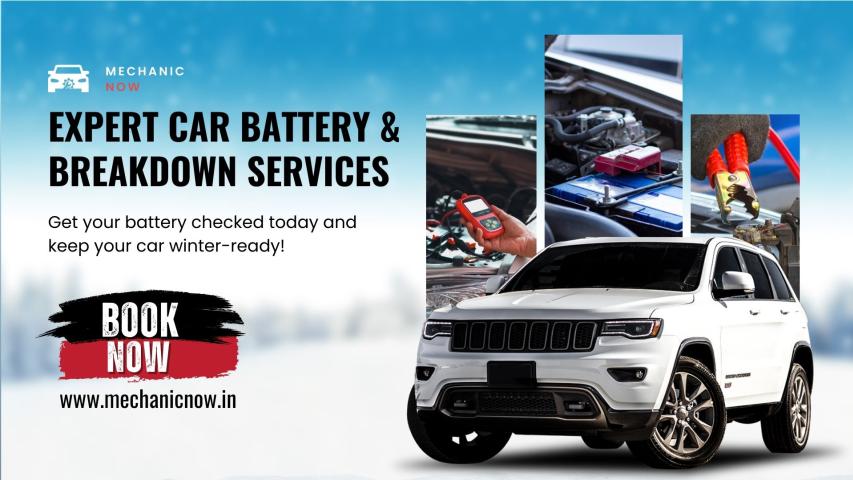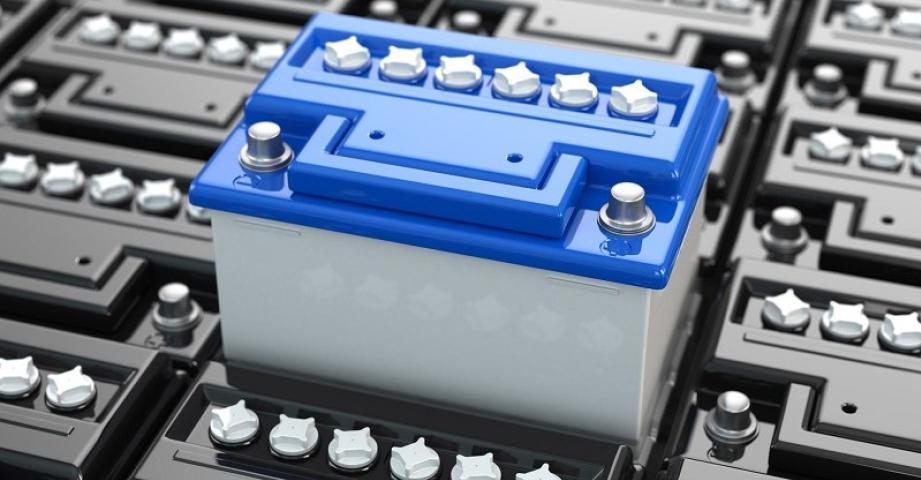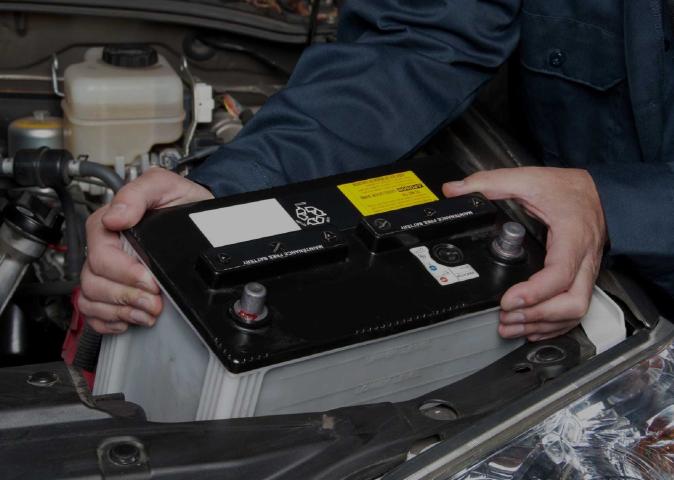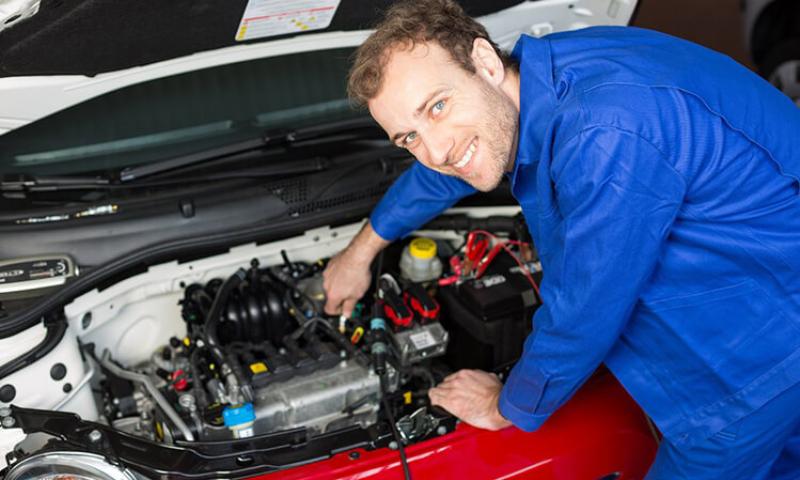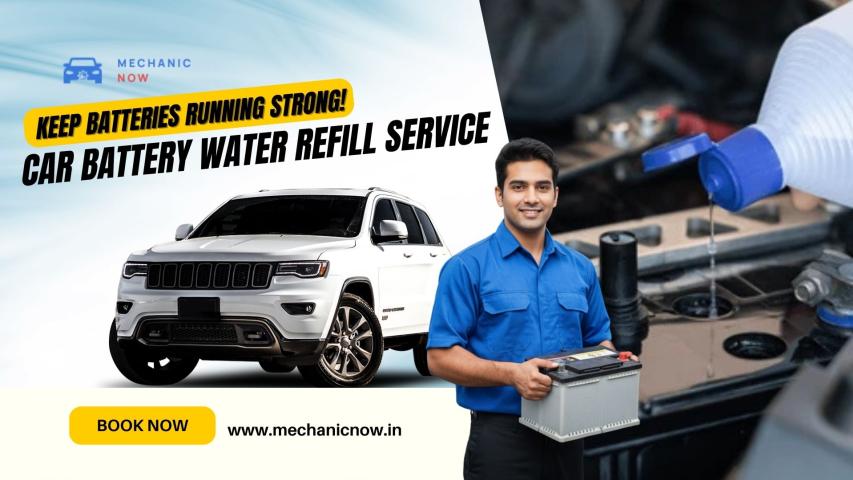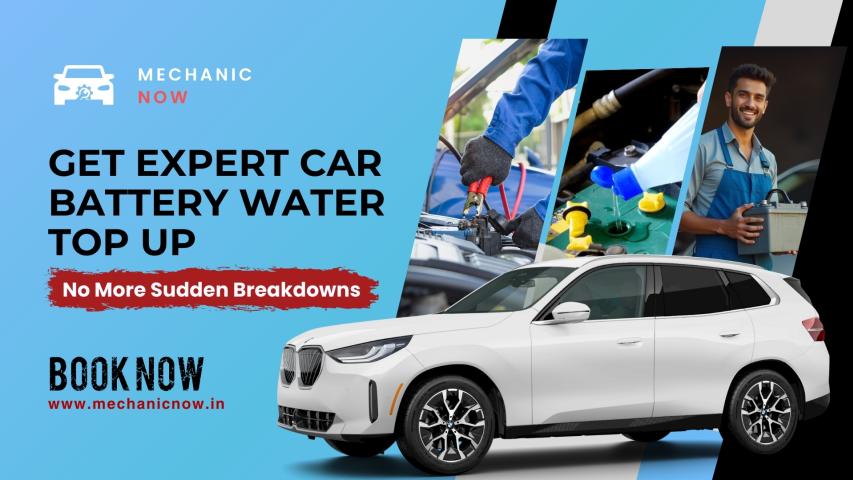Electric vehicles are growing in popularity as consumers look for greener alternatives to gas guzzling cars. With this rise in EVs comes the growing demand for batteries to power them. Lithium-ion batteries are currently the standard, but their raw materials have sustainability issues. Cobalt mining, for example, has been linked to human rights abuses in some regions. As automakers scramble to source billions of batteries, sustainable alternatives are increasingly important.
New Anode Materials Look to Replace Graphite
The most common anode material in current lithium-ion batteries is graphite. However, graphite has a relatively low capacity. Researchers are exploring alternative anode materials that can store more lithium ions and increase battery capacities. Silicon has emerged as a promising graphite replacement, capable of holding roughly 10 times more lithium than graphite. But silicon also swells dramatically when lithium ions insert into its structure. This swelling causes batteries to quickly degrade. Scientists are developing silicon anodes with conductive additives, porous structures and synthetic binders to counter the swelling issue and unlock silicon's high capacity. Other candidates like tin, germanium and lithium metal offer even higher capacities than silicon and are also being researched.
Cathode Innovations to Reduce Cobalt Dependency
On the cathode side, the most widely used Sustainable Battery Materials is lithium cobalt oxide, or LCO. However, cobalt mining raises ethical and geopolitical concerns. It also only provides around half the capacity of anodes. This imbalance of cathode to anode capacities is another limitation of current batteries. To reduce cobalt usage, researchers are developing lithium nickel manganese cobalt oxide chemistries and high-nickel NMC variants. Manganese-rich and cobalt-free NMCs are another route. Lithium iron phosphates offer even lower cobalt contents and improved safety compared to NMCs and LCO. Other cathode materials in the lab include lithium-rich layered oxides and lithium sulfides for their unusually high capacities. Developing sustainable, high-capacity cathodes is a major priority for battery experts.
Evaluating Alternative Electrolyte Solutions
The electrolyte is what allows lithium ions to shuttle between the cathode and anode during charging and discharging. Conventional lithium-ion batteries use liquid organic electrolytes that pose flammability hazards. This makes them less than ideal for electric vehicles. Solid-state electrolytes could provide improved safety over liquids but achieving high ion conductivity at room temperature has proved difficult. Researchers are working on polymer, inorganic and composite electrolytes that maintain good conductivity while improving safety. Lithium salts beyond the commonly used lithium hexafluorophosphate are also being studied to enhance properties or reduce cost. Developing truly non-flammable, high performing electrolytes is another challenge battery companies aim to overcome.
Advancing Sustainable Battery Materials Manufacturing
Along with materials innovations, streamlining battery production processes is key to meeting growing demand sustainably. Most lithium-ion cell manufacturing today relies on energy-intensive, labor-intensive processes like wet-chemistry mixing and slurry coating. Industry and academia are boosting efficiency through precision electrode deposition techniques and dry particle coating methods. Some aim to cut out solvents entirely using water-based approaches or emerging deposition technologies. Companies are also increasing automation, implementing digitally connected factories, and developing closed loop recycling infrastructure to minimize waste throughout the battery lifecycle. With investments pouring into battery manufacturing, facilities are working to establish low-carbon, renewable energy-powered "gigafactories" producing battery packs at scale.
Standardization Efforts Unlock Sustainability Benefits
As the battery industry matures, standardization is important for maximizing sustainability returns on new technologies. When anode, cathode, electrolyte or manufacturing methods can be seamlessly swapped between cell designs, it allows for mixing and matching of best-in-class sustainable materials as they emerge. This improves recyclability rates too since standardized components make battery disassembly and sorting more straightforward. Trade groups like Battery 2030+ and initiatives from the UN, EU and others are therefore prioritizing reference architectures, common interfaces and shared testing protocols. Their goal is facilitating cross-compatibility to streamline battery design, accelerate deployment of eco-advances, and boost circular recycling potential industrywide. As standards continue to solidify globally, sustainability benefits may scale exponentially.
The growth of electric vehicles worldwide is amplifying attention on Sustainable Battery Materials sustainability issues. Researchers are making great strides in developing alternative anodes, cathodes, electrolytes and manufacturing techniques that enhance capacity, performance and supply chain responsibility compared to current lithium-ion tech. Simultaneously, battery standardization efforts aim to maximize the recycling and sustainability returns on these innovations as new components and facilities come online. With major investments and collaborations across industries and borders, the potential is high for building a robust, circular battery economy powered by affordable, non-toxic, fairly-sourced and long-lasting battery technologies.
Get More Insights on- Sustainable Battery Materials
For Deeper Insights, Find the Report in the Language that You want:
About Author:
Alice Mutum is a seasoned senior content editor at Coherent Market Insights, leveraging extensive expertise gained from her previous role as a content writer. With seven years in content development, Alice masterfully employs SEO best practices and cutting-edge digital marketing strategies to craft high-ranking, impactful content. As an editor, she meticulously ensures flawless grammar and punctuation, precise data accuracy, and perfect alignment with audience needs in every research report. Alice's dedication to excellence and her strategic approach to content make her an invaluable asset in the world of market insights.
(LinkedIn: www.linkedin.com/in/alice-mutum-3b247b137 )


